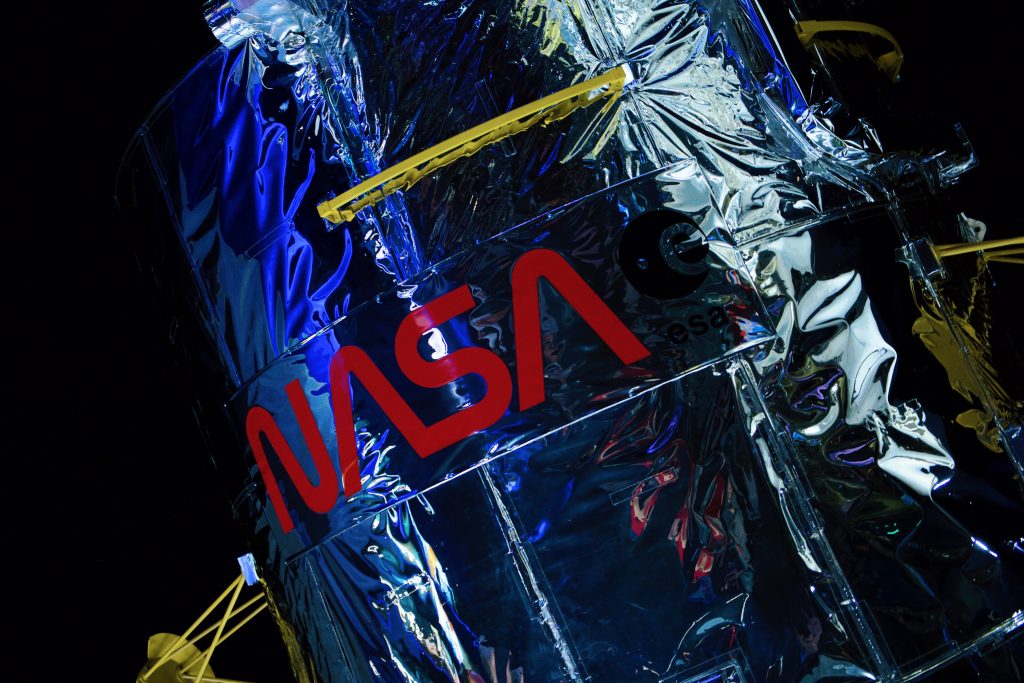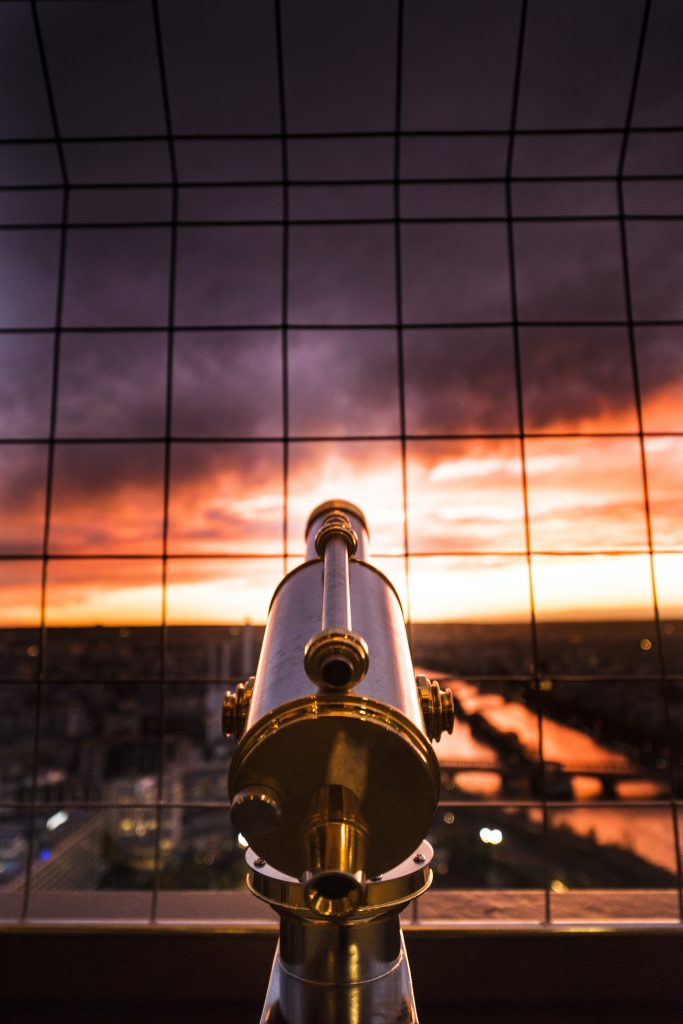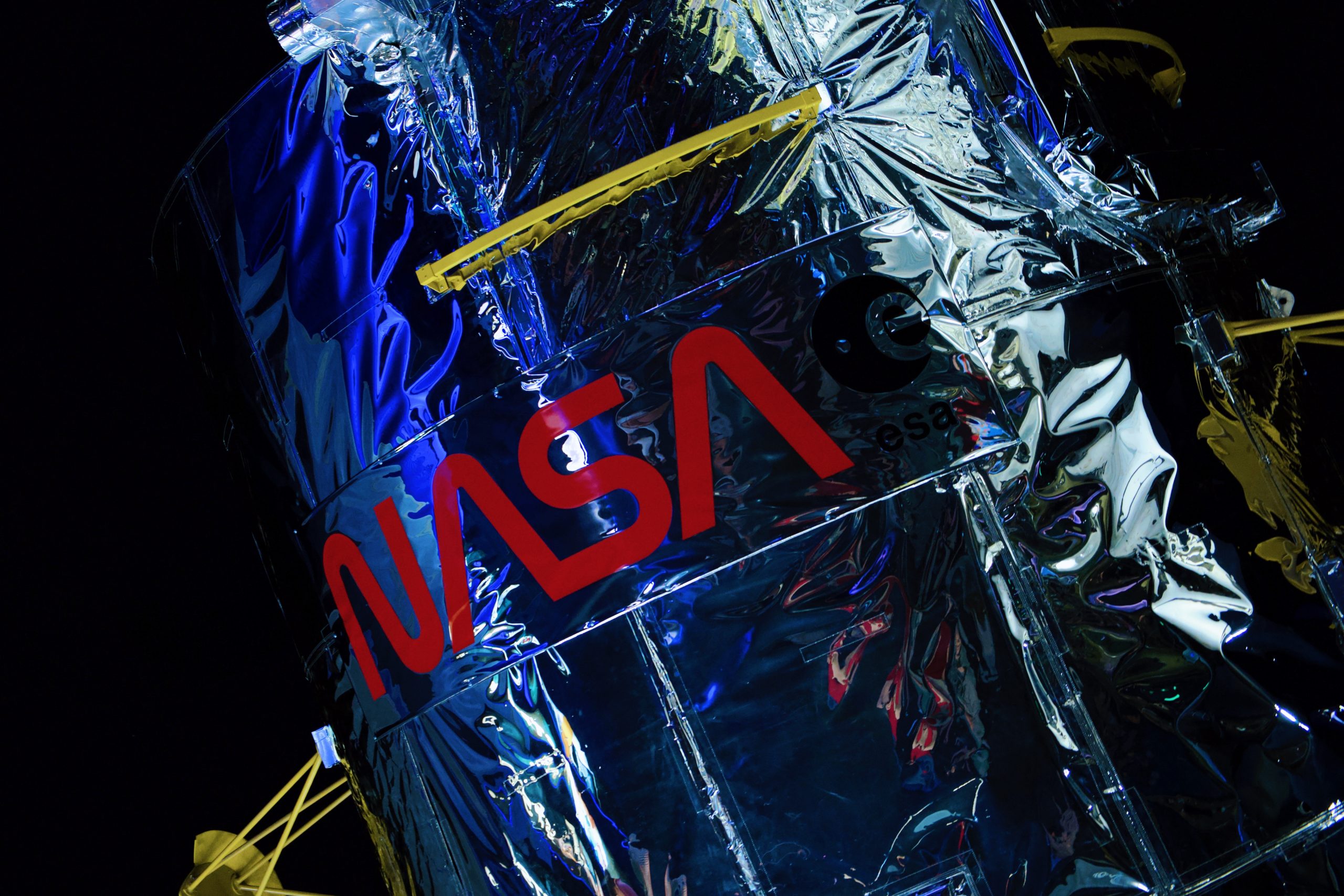So, you’re interested in observing the Ceres and Vesta with a telescope, huh? Well, you’re in the right place! Observing these celestial bodies can be a fascinating experience. To start, make sure you have a good quality telescope that is suitable for sky-watching. Look for one with a decent aperture size, as it will help you capture clear images of these dwarf planets.
Now, when it comes to finding the Ceres and Vesta, it’s important to know their current positions in the night sky. You can find this information online or by using various astronomy apps. Once you’ve located them, adjust your telescope’s focus and use different magnifications to get a closer look. Take your time to study their surface features and try to spot any distinguishing characteristics. It may take some practice, but with patience and dedication, you’ll be able to observe the Ceres and Vesta in all their celestial glory!
Choosing the Right Telescope
When it comes to observing celestial bodies such as the Ceres and Vesta, choosing the right telescope is essential. There are different types of telescopes available, each with its own advantages and disadvantages. By understanding these differences, you can make an informed decision and find the telescope that suits your needs.
Understand the Different Types of Telescopes
There are three main types of telescopes: refractor, reflector, and compound. Refractor telescopes use a lens to focus light, while reflector telescopes use a mirror. Compound telescopes, also known as catadioptric telescopes, combine both lenses and mirrors to gather and focus light.
Each type has its own strengths and weaknesses. For example, refractor telescopes are known for their high-quality images and ease of use, but they can be more expensive. Reflector telescopes, on the other hand, tend to be more affordable and are better suited for observing faint objects. Compound telescopes offer a balance between the two, providing versatility and portability.
Consider the Aperture Size
The aperture size, or the diameter of the telescope’s main lens or mirror, is an important factor to consider. The larger the aperture, the more light the telescope can gather, allowing for brighter and more detailed observations. A larger aperture also increases the telescope’s ability to resolve fine details, making it easier to observe faint objects like the Ceres and Vesta.
However, larger apertures can also make the telescope heavier and more expensive. It’s important to find a balance between aperture size and portability, depending on your needs and preferences. Consider where you plan to observe from and how much weight you are comfortable carrying.
Look for a Telescope with Good Optics
Optics play a crucial role in the performance of a telescope. Look for a telescope with high-quality optics to ensure clear and sharp images. This includes the telescope’s lenses or mirrors, as well as any additional eyepieces or filters.
When choosing a telescope, pay attention to the quality of the lenses or mirrors. A well-coated lens or mirror can reduce reflections and increase the amount of light that reaches your eye. Additionally, consider investing in good eyepieces that offer a range of magnification options.
Preparing for Observation
Before you begin your observations of the Ceres and Vesta, it’s important to prepare yourself and your equipment. By taking a few simple steps, you can maximize your chances of a successful observation.
Research the position and visibility of Ceres and Vesta
To have a successful observation, it’s crucial to research the position and visibility of the Ceres and Vesta. Find out when they will be visible in your area, as well as their current positions in the sky. This information can be obtained from astronomy websites, apps, or software.
Check the weather and choose a clear night
The weather plays a significant role in astronomy observations. Always check the weather forecast before your planned observation. Ideally, you want a clear and cloudless night for optimal viewing conditions. If the weather forecast predicts cloudy skies, consider rescheduling your observation for another night.
Set up your telescope in a dark location
Light pollution can greatly affect your ability to observe celestial objects. Find a dark location away from city lights. This could be a secluded spot in your backyard or a nearby park. By minimizing light pollution, you can improve your chances of seeing the Ceres and Vesta clearly.

Locating Ceres and Vesta
Once you have prepared your telescope and yourself for the observation, it’s time to locate the Ceres and Vesta in the night sky. By following a few simple steps, you can easily find and track these celestial objects.
Use Stellarium software to find their current positions
Stellarium is a popular planetarium software that can help you locate celestial objects by simulating the night sky. Simply enter the coordinates of your location and the date and time of your observation, and Stellarium will show you the current positions of the Ceres and Vesta.
Identify nearby constellations and stars
Once you have found the current positions of the Ceres and Vesta, it’s helpful to identify nearby constellations and stars. This will serve as a reference point and make it easier for you to locate these objects. Familiarize yourself with the constellations in the area where the Ceres and Vesta are located.
Use a star chart or smartphone app for guidance
Star charts and smartphone apps can be excellent tools for locating celestial objects. These resources show detailed maps of the night sky, making it easier for you to navigate and find the Ceres and Vesta. Simply follow the instructions provided by the chart or app, and you’ll be able to pinpoint their exact locations.
Adjusting Your Telescope
Once you have located the Ceres and Vesta, it’s important to adjust your telescope for optimal viewing. By calibrating and aligning your telescope properly, you can track the movement of these objects and observe them with clarity.
Calibrate the finder scope
The finder scope is a small telescope attached to your main telescope. It helps you precisely aim your telescope at the desired target. Before observing the Ceres and Vesta, it’s important to calibrate the finder scope and ensure that it is aligned with the main telescope.
Align the telescope with a bright star
To fine-tune your alignment and tracking, choose a bright star near the Ceres and Vesta. Center the star in your telescope’s eyepiece and adjust the telescope’s controls until the star remains stationary. This alignment will help you track the movement of the Ceres and Vesta accurately.
Use the telescope’s control to track the movement of Ceres and Vesta
Once the alignment is done, use your telescope’s control to track the movement of the Ceres and Vesta. These objects move slowly across the sky due to Earth’s rotation, so it’s important to continuously adjust the telescope to keep them within the field of view. Experiment with the tracking controls to find a speed that works best for you.

Choosing the Right Magnification
Magnification plays a vital role in observing celestial objects. It determines how close the object will appear in your telescope’s eyepiece. When observing the Ceres and Vesta, it’s important to choose the right magnification to capture the desired level of detail.
Start with low magnification
Begin observing the Ceres and Vesta with low magnification. This allows you to get a wider view of the objects and their surroundings. It also helps you locate and track them more easily. Low magnification is especially useful when observing faint objects in the sky.
Increase the magnification to observe details
Once you have located the Ceres and Vesta, you can gradually increase the magnification to observe more details. Higher magnification can bring out fine features and help you study these celestial objects in greater depth. Experiment with different eyepieces to find the magnification that gives you the clearest and most satisfying view.
Experiment with different eyepieces
Different eyepieces offer a range of magnification options. Experimenting with different eyepieces can help you find the perfect balance between magnification and image quality. Find the eyepiece that suits your preferences and allows you to observe the Ceres and Vesta comfortably.
Observing Ceres and Vesta
When you are ready to observe the Ceres and Vesta, there are several aspects you should pay attention to. By observing their apparent movement and changes in brightness, you can gather valuable information and record your observations.
Look for apparent movement of Ceres and Vesta
As you observe the Ceres and Vesta over time, you may notice their apparent movement across the sky. This movement is a result of Earth’s rotation and can give you a sense of the objects’ positions and orbits. Pay attention to the direction and speed of their movement as you track them with your telescope.
Observe changes in brightness
The brightness of the Ceres and Vesta can vary over time. By monitoring these changes, you can gather valuable data about their physical properties and characteristics. Look for noticeable variations in brightness and take note of any patterns you observe.
Take notes and record your observations
To make the most of your observations, it’s important to take detailed notes and record your observations. This includes noting the date, time, and location of your observation, as well as any notable changes in the objects’ appearance or behavior. Keeping a record of your observations will help you track their progress and contribute to scientific research.

Photographing Ceres and Vesta
Photographing the Ceres and Vesta can be an exciting way to capture their beauty and share your observations with others. With the right equipment and techniques, you can capture stunning images of these celestial objects.
Attach a smartphone adapter to your telescope
If you have a smartphone with a good camera, you can attach it to your telescope using a smartphone adapter. This adapter allows you to align your phone’s camera with the telescope’s eyepiece, enabling you to capture images directly through the telescope.
Use a DSLR camera with a telescope adapter
For more advanced photography, consider using a DSLR camera with a telescope adapter. This setup allows you to attach your DSLR camera directly to the telescope, bypassing the need for an eyepiece. DSLR cameras offer greater control over exposure settings and can produce high-quality images of the Ceres and Vesta.
Experiment with different exposure settings
To capture the best possible images of the Ceres and Vesta, it’s important to experiment with different exposure settings. Adjusting the shutter speed, ISO, and aperture can help you achieve the desired level of brightness and detail in your photos. Don’t be afraid to try different settings and techniques to find what works best for you.
Understanding Ceres and Vesta
Observing the Ceres and Vesta is not just about capturing beautiful images; it’s also about deepening our understanding of these celestial objects. By studying their physical characteristics, composition, and history, we can gain valuable insights into the solar system.
Learn about their physical characteristics
The Ceres and Vesta are both protoplanets in the asteroid belt between Mars and Jupiter. Learning about their size, shape, and overall physical characteristics can provide important context for your observations. Research their diameter, mass, and any known surface features to enhance your understanding.
Study their composition and geological features
By studying the composition and geological features of the Ceres and Vesta, we can gain insights into their formation and evolution. Research their mineral composition, surface structures, and any evidence of volcanic activity or impact cratering. This information can shed light on the complex processes that shape these celestial bodies.
Research their history and scientific significance
The Ceres and Vesta have been the subject of scientific research for many years. By delving into their history and scientific significance, you can connect your observations to a broader scientific context. Learn about past and ongoing missions to study these objects, as well as any groundbreaking discoveries that have been made.
Joining Astronomy Communities
Observing the Ceres and Vesta is a rewarding experience, but it can also be beneficial to connect with other astronomy enthusiasts. By joining astronomy communities, you can learn from experienced astronomers, share your observations, and stay updated on the latest discoveries.
Participate in online forums and discussion boards
Online forums and discussion boards offer a platform for astronomers of all levels to connect and learn from one another. Engage in discussions, ask questions, and share your own observations with the astronomy community. This can provide valuable insights and foster a sense of camaraderie among fellow enthusiasts.
Attend local astronomy club events
Local astronomy clubs often organize events such as stargazing sessions, telescope workshops, and guest lectures. By attending these events, you can meet like-minded individuals, gain hands-on experience with different telescopes, and learn from experienced astronomers in your community. Check online listings or contact your local library or observatory to find out about upcoming events.
Connect with experienced astronomers for guidance
Experienced astronomers can offer invaluable guidance and mentorship. Reach out to local experts or established astronomers through email, social media, or astronomy organizations. Many astronomers are passionate about sharing their knowledge and helping newcomers in the field. Building connections with experienced astronomers can greatly enrich your observing journey.
Future Space Missions to Ceres and Vesta
As our understanding of the Ceres and Vesta continues to evolve, so do our efforts to explore them further. By staying informed about future space missions, you can follow the latest developments and discoveries in these fascinating worlds.
Stay updated on upcoming NASA missions
NASA, the United States’ space agency, has been at the forefront of exploring the solar system. Keep an eye on NASA’s website and social media channels for updates on upcoming missions to the Ceres and Vesta. These missions often involve advanced spacecraft and cutting-edge technology, providing unique opportunities to expand our knowledge of these celestial objects.
Follow the Dawn spacecraft’s mission
The Dawn spacecraft, launched by NASA in 2007, has been instrumental in studying the Ceres and Vesta up close. It has provided scientists with detailed maps of their surfaces and helped unravel their mysteries. Follow the Dawn mission’s progress to witness the latest findings and developments.
Learn about potential future exploration plans
Space agencies and researchers are constantly exploring possibilities for future missions to the Ceres and Vesta. Stay informed about proposed missions and concepts that aim to further investigate these intriguing worlds. By understanding the goals and objectives of future missions, you can anticipate exciting discoveries that lie ahead.
In conclusion, observing the Ceres and Vesta with a telescope requires careful preparation, the right equipment, and a keen eye for detail. By following the steps outlined in this comprehensive guide, you can embark on a fulfilling journey of exploration and discovery. Remember to always stay curious, record your observations, and share your experiences with fellow astronomy enthusiasts. Happy observing!











